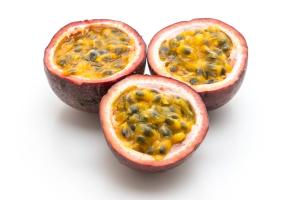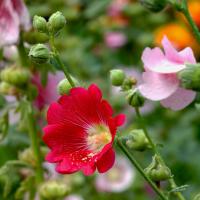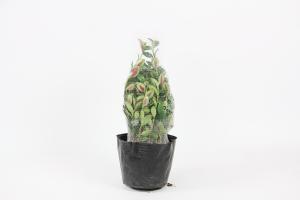Introduction
Tomatoes are one of the most consumed fruits around the world today. Besides being a delicious fruit, they are also a great source of vitamins and minerals. Growing tomato plants from seed is an economical way to get fresh, tasty tomatoes throughout the year. However, the process of growing tomatoes from seeds involves several stages. One essential stage is the drying of the tomato seeds. In this article, we will be discussing how long tomato seeds should dry before planting.
The Importance of Drying Tomato Seeds
Drying tomato seeds before planting is necessary as it helps to prevent the growth of mold and bacteria that can cause diseases in the plants. It also helps to enhance the germination rate of the seeds. Drying tomato seeds is an important stage in the seed-saving process as the viability of the seeds can be extended for several years when properly stored.
How to Dry Tomato Seeds?
To dry tomato seeds, you will need to remove them from the fruit and rinse them thoroughly to remove any remaining pulp. Then, lay the seeds out on a flat surface, such as a plate, and allow them to dry. The seeds should be kept in a warm, dry location that is away from direct sunlight. Stir the seeds occasionally to ensure that they dry evenly. It can take approximately one to two weeks for the seeds to dry thoroughly.
Factors that Affect the Drying Time of Tomato Seeds
The drying time of tomato seeds can vary based on several factors, including humidity, temperature, and ventilation. In areas with high humidity, it is recommended to use a dehydrator or oven to speed up the drying process. However, it is vital not to overheat the seeds as this can result in low germination rates. The ideal temperature for drying tomato seeds is between 60 and 75℉ (15.6 to 23.9℃). Poor ventilation can also slow down the drying time of the seeds.
How to Test the Drying of Tomato Seeds?
To ensure that the tomato seeds are thoroughly dry, you can perform a simple test. Take a handful of seeds and give them a gentle squeeze. If they make a cracking sound when squeezed, they are dry enough for planting. If the seeds are still soft, they need more time to dry.
Conclusion
Drying tomato seeds is an essential stage in the process of growing tomato plants from seeds. It helps to prevent diseases, preserve the viability of the seeds, and enhance the germination rate. The drying time of tomato seeds can vary due to factors such as temperature, humidity, and ventilation. It is recommended to dry the seeds for approximately one to two weeks to ensure that they are thoroughly dry before planting. By following the steps discussed in this article, you can grow healthy and robust tomato plants from seeds.

 how many times do yo...
how many times do yo... how many planted tre...
how many planted tre... how many pine trees ...
how many pine trees ... how many pecan trees...
how many pecan trees... how many plants comp...
how many plants comp... how many plants can ...
how many plants can ... how many plants and ...
how many plants and ... how many pepper plan...
how many pepper plan...






























